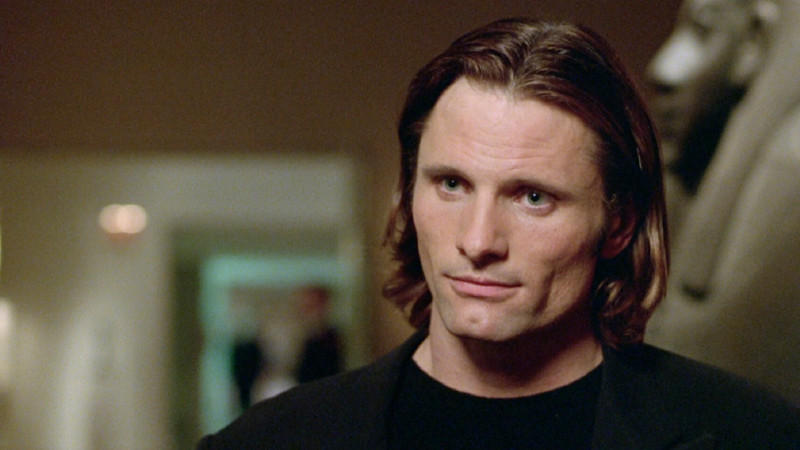
The 1990s was an excellent time for thrillers, sometimes erotic: Basic Instinct, Wild Things, sometimes action-orientated: Breakdown, Mercury Rising, and sometimes forgotten…So, let’s look at ten thrillers from the 1990s that deserve a little more love.
1. Snake Eyes (1998)
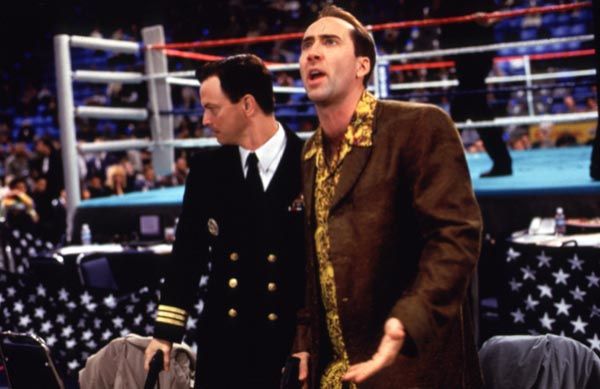
Nicolas Cage plays a shady Atlantic City cop who must piece together murderous events in Brian De Palma’s highly stylised labyrinthine 90s thriller. It’s fight night in Atlantic City. Detective Rick Santoro (Nicolas Cage) is with his old friend, Commander Kevin Dunne (Gary Sinise), who is head of security in protecting the U.S. Secretary of Defence.
A boxing match begins between heavyweight champion Lincoln Tyler (Stan Shaw) and challenger Jose Pacifico (Ruiz Adam Flores). During the fight, Commander Dunne is distracted by a mysterious redhead and follows her away from the fight. Another woman, Julia Costello (Carla Gugino), dressed in a white suit with a platinum blonde wig, sits beside Rick and confronts the Secretary of Defence about a government cover-up. In a tour-de-force sequence, a gunshot rings out, and the Secretary of Defence is shot; Rick pulls Julia to safety, with her wig falling to the ground. There’s pandemonium in the arena as everyone runs for the exit, leaving Rick searching for the truth.
The film begins with one of those long Steadicam tracking shots that tell you that Brian De Palma is making a ‘Brian De Palma film.’ The opening shot follows Cages’ tainted Detective through the Atlantic City arena, revealing an inner world away from the storm brewing outside. He proclaims to his buddy Commander Dunne, “It’s my sewer… Everybody knows me…I was made for this sewer baby, and I am the king.” So, with this baseline in the real-time narrative of Snake Eyes, we witness the detective’s worldview change as he gets closer to the truth – and becomes a better man by the final reel.
De Palma utilises Kurosawa’s ‘Rashomon effect’ with a series of inventive flashbacks and points of view as Cage’s Rick Santoro puts the pieces back in De Palma’s jigsaw narrative. De Palma deploys all his film grammar arsenal – spectacular overhead tracking shots, complex Steadicam shots, swish-pans and split diopter compositions, culminating in a stylish, well-paced thriller from the modern master of suspense.
2. Extreme Measures (1996)
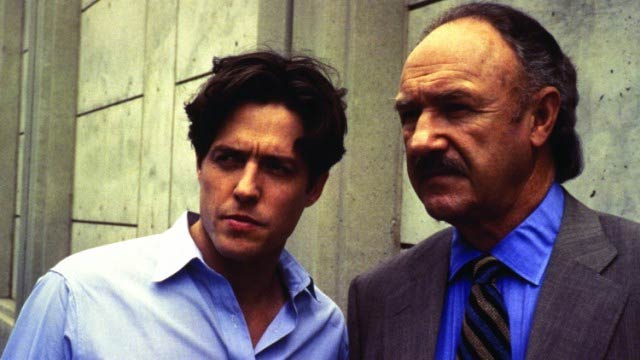
A patient arrives in the emergency room at a New York hospital; he’s bald, in his forties, naked and has convulsions. Dr Guy Luthan (Hugh Grant) examines the patient and learns he’s called Claude Minkins (Shaun Austin-Olsen); distressed, Claude tells Guy to go to “the room”. Unable to save him, let alone understand him, Claude dies, and when Guy goes looking for the autopsy report, he discovers that the patient’s records are missing and that Claude’s body has also disappeared.
Even though everyone writes Claude off as just another homeless guy who died, Guy becomes obsessed with finding the truth about him. Did he escape from another hospital? Why did his records disappear? And why does everyone want him to forget Claude and move on?
Guy finds himself going further down the rabbit hole; his boss warns him off, no one believes him and his career as a doctor lies in ruins as a couple of dodgy cops plant drugs in his apartment. Grant turns Cary Grant à la Hitchcock, becoming an innocent man wrongly accused, dodging bullets, and discovering a secret organisation where Dr. Lawrence Myrick (Gene Hackman) plays God—finding a hidden world where homeless people, healthy subjects that “won’t be missed”, can be used as test subjects.
Playing against type, Hugh Grant plays a convincing doctor who ponders the American healthcare culture and medical ethics. Hackman, as a Dr. Frankenstein-styled humanitarian, has little to do besides confronting the good doctor on moral principles: “If you could cure cancer by killing one person, wouldn’t you have to do that?
Extreme Measures raises some thought-provoking questions on how far a doctor should go if he can cure paralysis, help patients with spinal injuries and change lives. With assured direction by Michael Apted (Gorky Park), it hasn’t got the wham-bam explosions of contemporary thrillers like Chain Reaction or Ransom, settling for a more calculated pace, with the medical dilemma of doctors playing Gods at the centre of the action.
Based on Michael Palmer’s 1991 novel, Extreme Measures was Hugh Grant and Liz Hurley’s first foray into film production with their company Simian, and the result is an entertaining thriller which is much better than it should be.
3. Rear Window (1998)
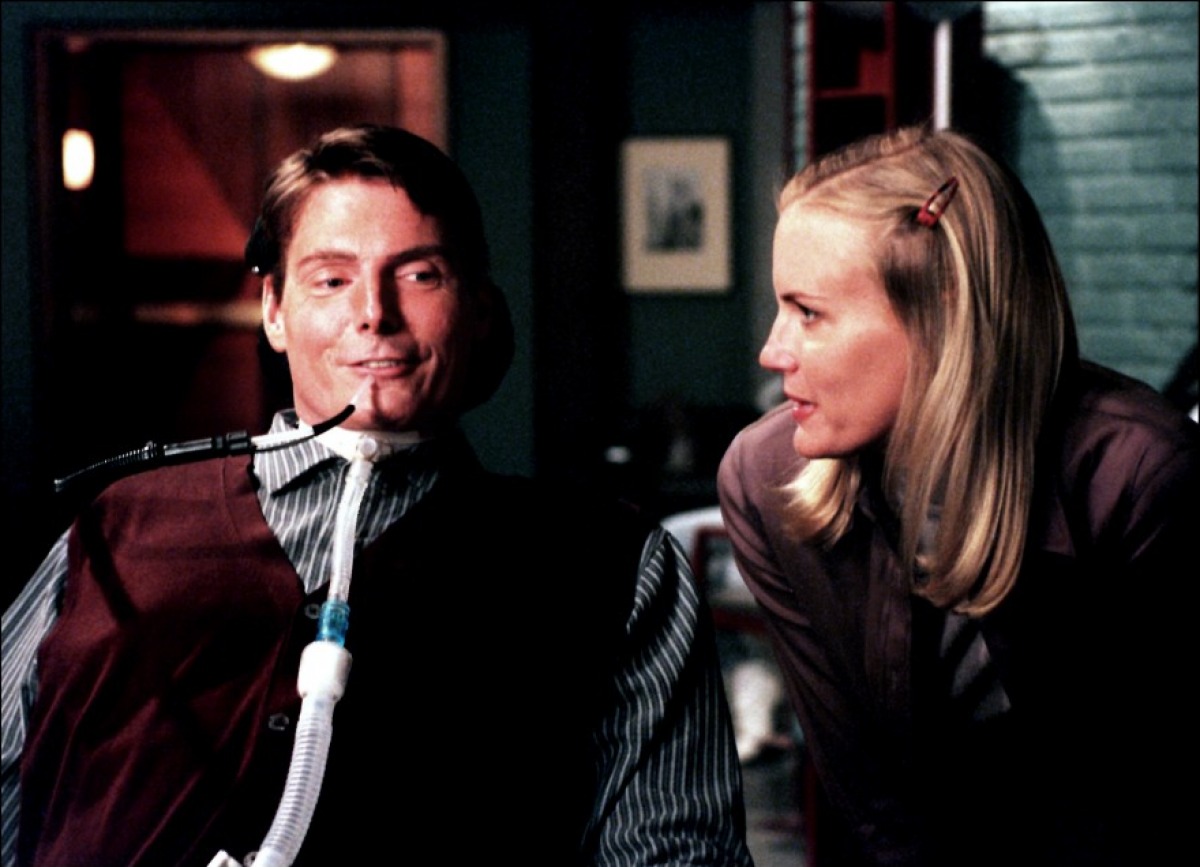
A woman driving at night crashes into another car, leaving her dead. An effective zoom shot reveals the person in the other vehicle as we are transported to a rehabilitation centre and meet Jason Kemp (Christopher Reeve). A former architect, Jason survives the crash but must live the rest of his life in a wheelchair.
We see Jason’s new life in a fancy apartment equipped with voice-activated computers and light sensors in the elevator. Living his life as a person with quadriplegia, Jason spends most of his days staring out the window at his neighbours. Luckily, everyone has their blinds and curtains open, and Jason has free access to the private worlds of his neighbours: the love affairs, the sexual encounters, the relationship problems.
Jason steps up his voyeuristic obsession with the neighbours, installing cameras and proclaiming himself a “citizen voyeur”. His primary focus is the relationship problems between Julian and Ilene Thorpe (Ritchie Coster, Allison Mackie); having already reported the husband’s spousal abuse to the police, Jason now believes that the husband has murdered his wife and seemingly replaced his wife with another woman.
Jason calls in Detective Charlie Moore (Robert Forster), who naturally doesn’t believe him. So, Jason turns into Ironside, convincing a work colleague, Claudia (Daryl Hannah), to search Thorpe’s apartment and finally discover the truth.
Unsurprisingly, this 1998 T.V. movie never gets near the level of Hitchcock’s 1954 masterpiece. But then, only a few thrillers have. Starring Christopher Reeve, his first film since his devasting fall in 1995 left him paralysed from the shoulders down. This small but ambitious thriller works for the most part, with some nice interplay between Reeve and Daryl Hannah and some excellent use of shadows and jump scares.
Although never reaching the heights of Hitchcock’s ‘pure cinema’ in the original fifties classic, Reeve’s performance is where this television adaptation hangs its cinematic hat. It’s a masterful performance by Reeve, with director Jeff Bleckner offering up enough shocks along the way – a lost film in many ways due to its more famous namesake, but well worth checking out, if only for a notable performance by Christopher Reeve in his final lead role.
4. The Maddening (1995)
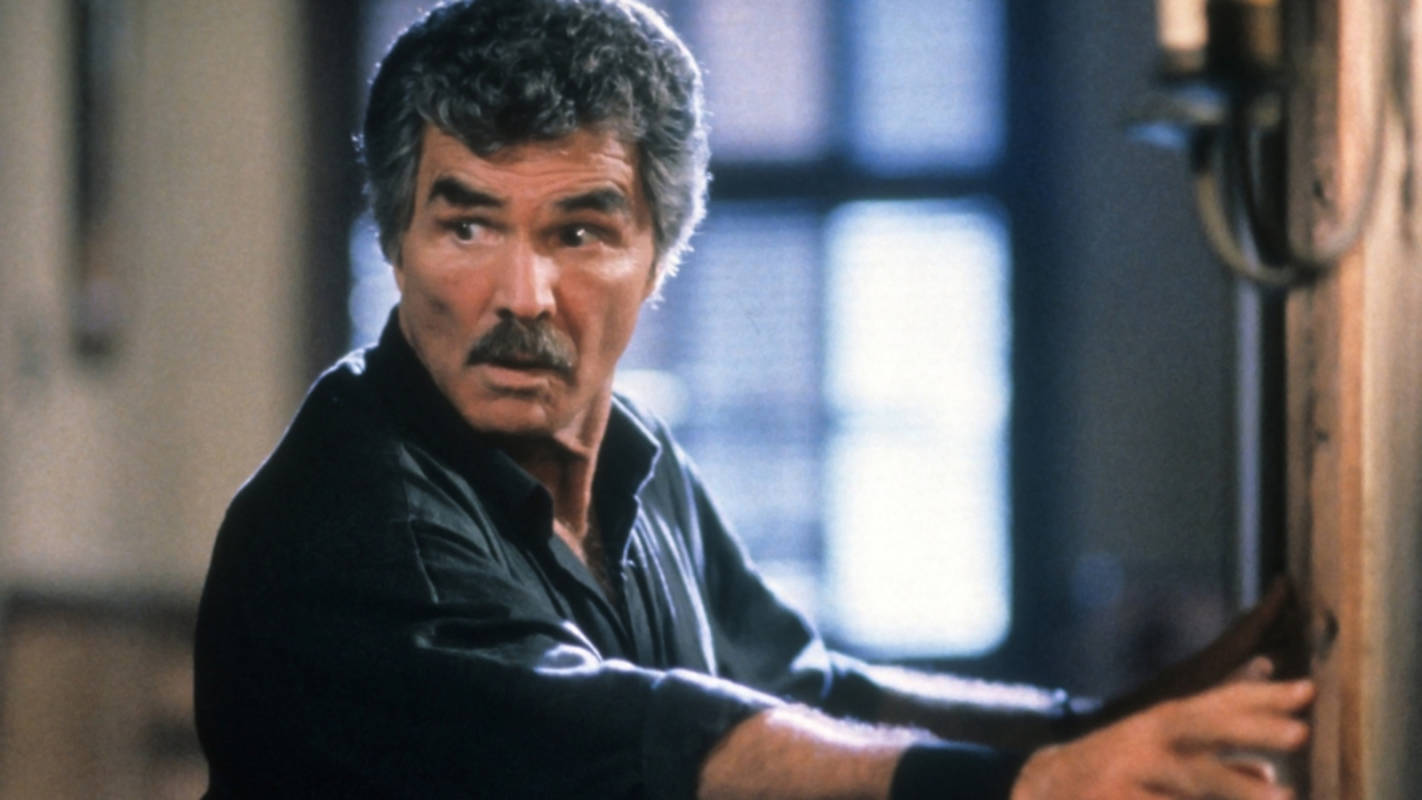
Smackdown in the middle between a career nadir with Cop and a Half and a career-high with Boogie Nights, Burt Reynolds made the crazy thriller The Maddening.
A massive star in the 1970s with Hooper, Smokey and the Bandit, etc., by the time he made The Maddening in the 1990s, Reynolds was in direct-to-VHS territory and cast as a disturbed kidnapper in a forgotten 90s shocker.
Mia Sara plays Cassie, a devoted mother who feels let down by her husband, David (Brian Wimmer), believing he spends too much time away from his family. On the open road with her young daughter Samantha (Kayla Buglewicz), Cassie has a spot of car trouble and who else, but a deranged Burt Reynolds offers to help. They head back to dear old Burt’s house so Burt can supposedly work on the car.
Once there, Angie Dickinson appears as Burt’s equally deranged wife, who shares their home with their daughter, Jill (Candace Hutson). As Burt’s disturbed wife believes Cassie and Samantha are her sister and niece, the screw gets turned, and the madness in The Maddening becomes even more perverted and dark.
Directed by Danny Huston, the son of legendary director John Huston, The Maddening is tonally all over the place, much like the performances. Despite this, even though it’s pretty much by the numbers, there are some disturbing scenes and imagery, mostly involving rape and a baby being suffocated, with Reynolds uttering the line “no more pain. You’re going to heaven.”
You’ll notice how I have yet to have much use for the character names of Burt Reynolds and Angie Dickinson. That’s because you spend much of the film thinking, why are these two fine actors in such a strange film? They had nothing to prove. Perhaps there were no more B.L. Stryker movies on the horizon or no proposed revival of Police Woman. Whatever the case, The Maddening is a strange, odd film – partly horrific and partly ludicrous- a film nevertheless to look out for.
5. Twilight (1998)
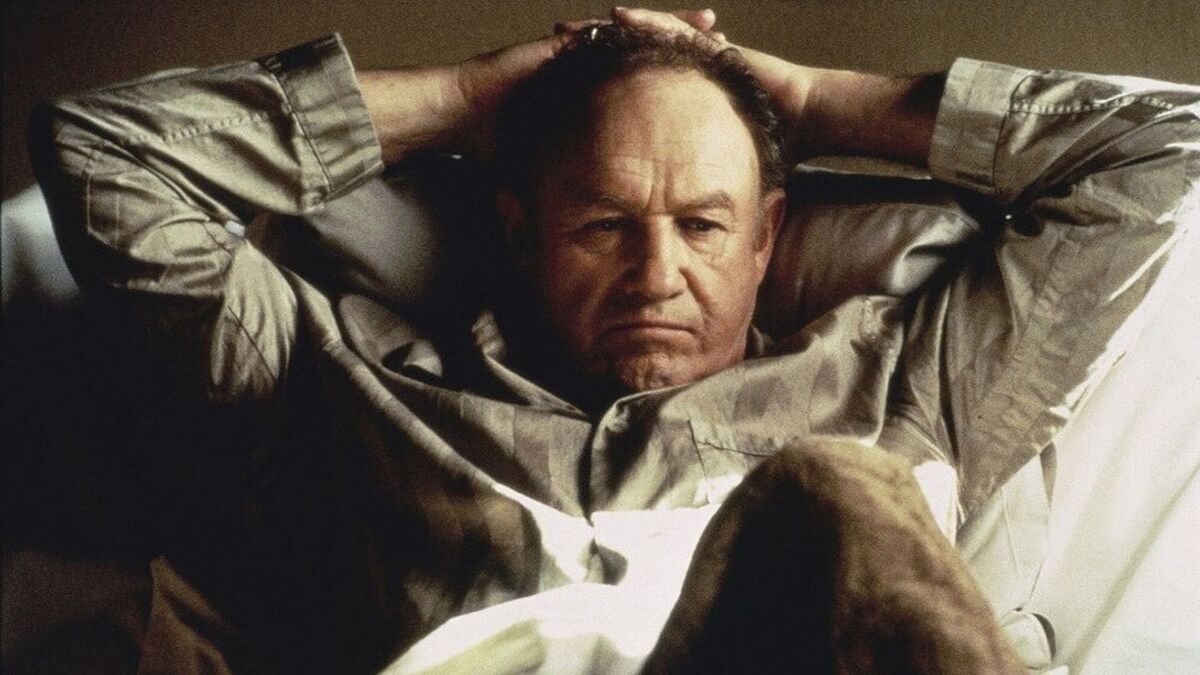
Paul Newman plays Harry, a retired private eye who lives on the grounds of an estate owned by his old friends Jack (Gene Hackman) and Catherine Ames (Susan Sarandon). A pre-title sequence tells us that Harry is working in Mexico, retrieving Jack and Catherine’s runway daughter, Mel (Reese Witherspoon), who is south of the border shacked up with a sleazy boyfriend (Liev Schreiber).
On his way home with Mel, Harry is accidentally shot in the thigh during an altercation, with the action then moving forward two years and changing location to Los Angeles. Over a game of cards, Jack, dying of cancer, asks Harry for one last favour, leading Harry down a path littered with dead bodies and double-crosses, with the plot never leaving the milieu of a small group of friends.
Released in the wake of L.A. Confidential and Kiss the Girls, director Robert Benton approaches Twilight differently- this isn’t a sweeping tale of police corruption or a police detective chasing down a killer. It’s a smaller, even gentler take on the detective genre, with the plot’s mechanics driven around the cast’s advanced age, as Twilight is a subtle character study peppered with old-age feelings of regret and deceit.
The narrative focuses on the strained relationships between the characters, and any gunplay and bits of action are punctuated before the film moves on to another more subtle, low-key moment between one of the characters.
It’s by no means dull; it’s just a film which has set its time at the pace of its cast. And that’s the central reason to watch Twilight: the cast—the leading trio of Newman, Hackman and Sarandon. Newman perfectly plays a washed-up private eye turned bagman for his wealthy friends, a nuanced and memorable performance with real star power.
Gene Hackman and Susan Sarandon are just as good, and like Newman, both play characters with their best days behind them. Stockard Channing, James Garner and Reese Witherspoon pop up, offering solid performances, with the film never straying from its sombre and haunting setting. Twilight a hazy, mature crime film with a stellar cast – is a thriller with hidden depths, well worth checking out.